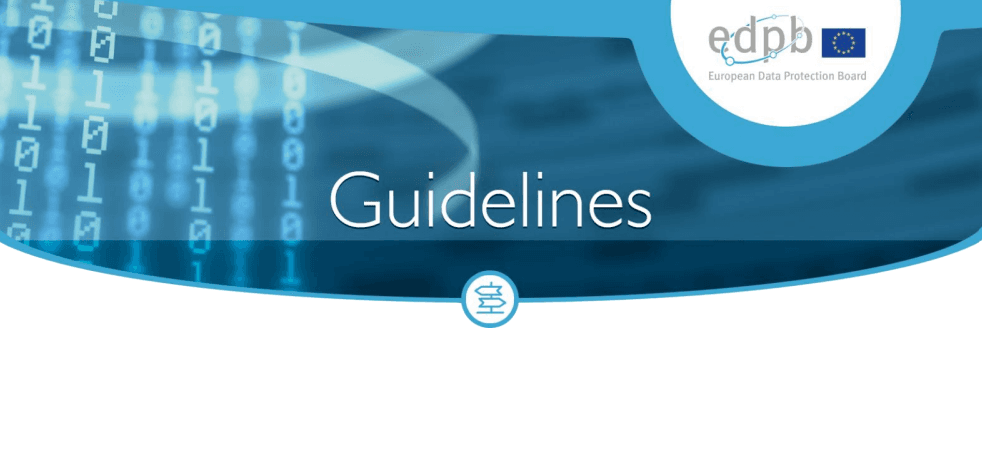
The roots of modern privacy law lie in the 1970s when it became clear how easily computer systems could store and process large amounts of data. The General Data Protection Regulation (GDPR) is intentionally technology-neutral. New technologies should, in principle, be able to fit within these existing legal frameworks. However, blockchain presents us with challenges. On the one hand, it offers a new and interesting data processing model where individuals have more control over their personal data. On the other hand, some of its unique characteristics seem difficult to reconcile with the core principles of privacy law. My colleague Jeroen van Helden wrote an interesting chapter about this in the KNVI bundle "Multidisciplinary Aspects of Blockchain".
In 2019, Jeroen van Helden concluded that although privacy legislation is formulated to be technology-neutral, it implicitly seems designed for central databases managed by easily identifiable players. This creates a certain tension between privacy legislation on the one hand and the processing of personal data within dynamic information networks on the other. He also noted that the GDPR has the necessary flexibility and that early signs indicated that regulators were willing to use this flexibility.
Six years have passed since the publication of the KNVI bundle, and the European Data Protection Board (EDPB) has established new guidelines for the use of blockchain technology. These guidelines help organizations understand how to protect personal data when using blockchain. The key points of the EDPB are:
These guidelines are not yet final. Comments can be submitted via the EDPB website until June 9, 2025.
Do you want to know how to concretely apply the guidelines within your blockchain application? Contact us via n.vanduuren@declercq.com or j.vanhelden@declercq.com.
If you want to read more about the social, technical, and legal approach to blockchain, order the book “Multidisciplinary aspects of blockchain”, Mr. Natascha van Duuren and Mr. Victor de Pous (red.), uitgeverij deLex
Would you like a monthly overview of updates and blogs in your mailbox? Click here to subscribe to the newsletter!